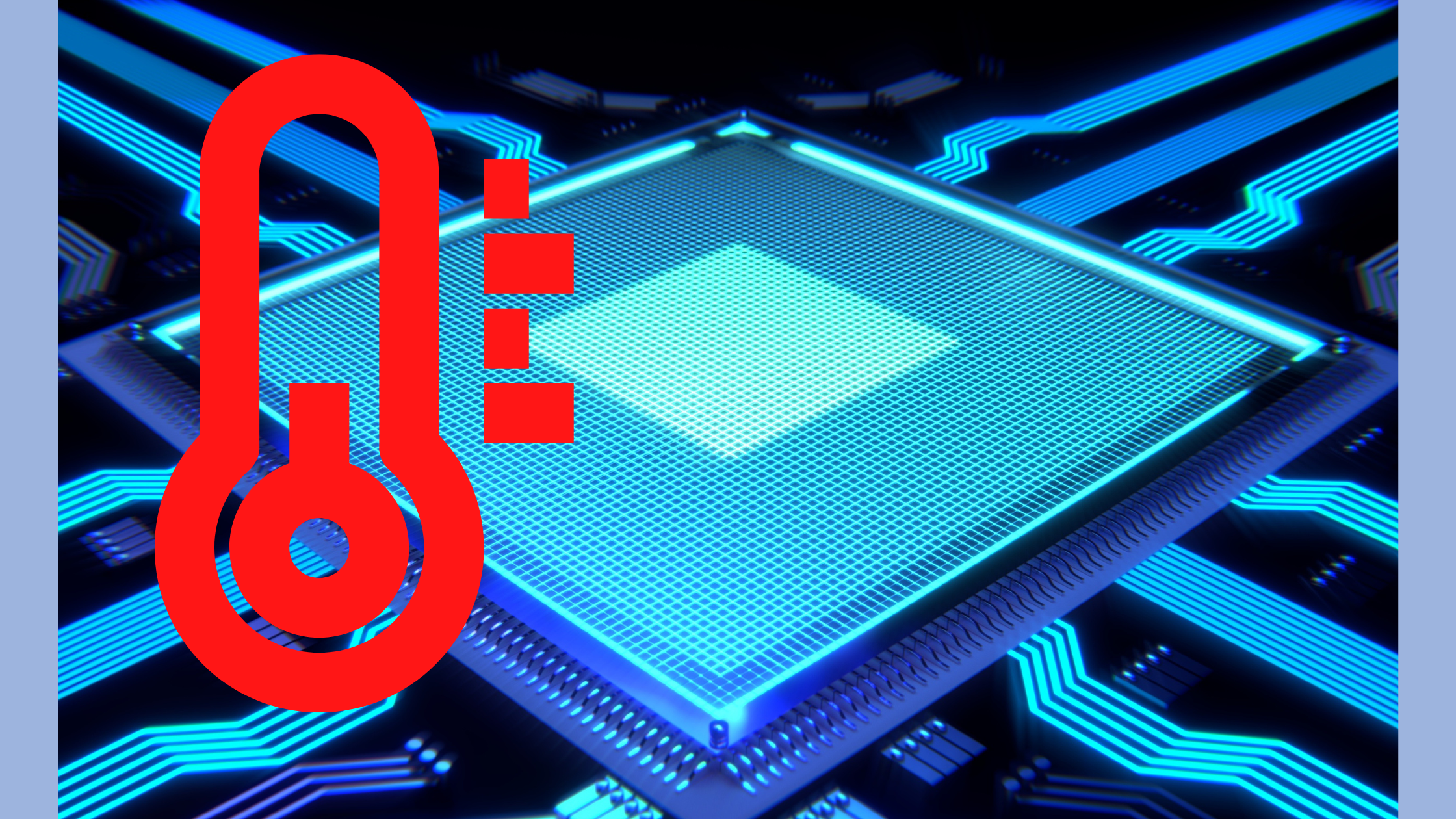Many people are familiar with the CPU temperature, as this is typically one of the first indicators that something may not be suitable for a computer.
In this article, we discuss What Are Some Ways to Lower My Cpu’s Temperature? Your computer is well ventilated; make sure there is plenty of room around the CPU, and the fans are working correctly.
You can also purchase a cooling pad or fan for your laptop. If you’re using a desktop, you can install a liquid cooling system or another type of cooling fan to help dissipate the heat.
You can reduce the workload on your CPU by closing unneeded programs or tasks.
List of Some Ways to Lower CPU’s Temperature Include:
- Allow Better Airflow
- Cable Management
- Location of Your System
- Clean Your PC
- Open Air vs. Closed Case
- Re-Apply Thermal Paste
- Water cooling
- Set Higher Fan Speeds in Motherboard Bios
1. Allow Better Airflow
CPUs generate a lot of heat and need proper airflow to keep cool. If you want to lower your CPU’s temperature, you can try these tips:
- Make sure your PC is in a well-ventilated area with plenty of fresh airflows.
- Clean out your PC’s fans and vents to ensure no dust or dirt is blocking the airflow.
- Install a CPU cooler if your CPU isn’t already cooled by one.
- Overclock your CPU if possible, and safe for your system.
- Enable turbo mode or performance mode if available on your system.
2. Cable Management
There are many ways to manage cables and lower your CPU’s temperature. Some methods are more effective than others, but it depends on the individual setup and what is available.
- One way is to use a cable management sleeve or channel. It can be effective in keeping cables organized and in one place. It also helps airflow around the CPU, which can lower the temperature.
- Another option is using a cable box or holder. It can help keep cables off the ground and out of the way. It can also improve airflow around the CPU.
- If there is not much extra room on or around the motherboard, using a riser may be a good solution. It will raise the motherboard to create more space for fans and cables. Lastly, try using zip ties or velcro straps to keep lines together and organized if all else fails.
3. Location of Your System
The location of your computer system can have a significant impact on its CPU temperature. If you have a desktop computer, placing it in a room with high humidity can cause the CPU to overheat.
Conversely, placing it in direct sunlight can cause the CPU to overheat if you have a laptop. There are several ways to lower your CPU’s temperature, regardless of where your system is located.
- One way to keep your CPU cool is to ensure adequate airflow around it. Ensure that your computer is not blocking any vents, and that there is plenty of space between it and other objects. You can also purchase a cooling pad or fan for your system.
- Another way to reduce the CPU temperature is to reduce the load on the CPU. You can do this by closing unused applications and programs or setting lower performance levels for some programs.
4. Clean Your PC
The built-in fans in most desktop PCs are usually more than enough to keep the system running cool. If your computer is starting to run hot, you can do a few things to lower the temperature and help your CPU run more efficiently.
- One of the easiest ways to clean your PC is to blow out all of the dust and dirt built up over time. You can do this with a can of compressed air, or you can use a vacuum cleaner with the hose attachment.
- Be sure to remove any dust from the inside of the computer case and around the fans.
- If your CPU is still running hot, you may need to take additional steps. One thing you can do is make sure that your computer is adequately ventilated.

What Are Some Ways to Lower My CPU’s Temperature?(Explained)
5. Open Air vs. Closed Case
Open-air cases are a popular choice for PC builders as they offer many advantages over closed cases. First and foremost, open-air cases allow for more efficient cooling as there is unrestricted airflow throughout the case.
It is essential for high-end gaming PCs that generate a lot of heat. Additionally, open-air cases are often much cheaper than closed cases and can be easier to build.
There are a few ways to lower your CPU’s temperature using an open-air case. The most obvious is to install a good quality CPU cooler.
A good cooler will keep your CPU running cooler even under heavy loads.
You can also improve airflow by installing more fans in your case. Make sure to place them so that they blow cool air directly onto your CPU and graphics card.
6. Re-Apply Thermal Paste
Re-applying thermal paste can help to lower your CPU’s temperature. There are several ways that you can do this.
- One way is to use a vacuum cleaner.
- Another way is to use a can of compressed air. You can also use a fan to blow cool air onto your CPU.
- Finally, you can purchase a cooling pad for your laptop.
7. Water Cooling
Water cooling is the process of using water to cool electronic devices. The water can be helpful to cool the devices directly, or it can be beneficial to cool a liquid in direct contact with the devices, which then cools the devices.
One of the main benefits of water cooling is that it can lower the temperature of electronic devices. Here we discuss how you can reduce the temperature of your CPU using water cooling.
- One way to lower the temperature of your CPU using water cooling is by using a better cooler. A better cooler will have more surface area than a standard cooler, which will allow it to dissipate heat more effectively. You can also improve your cooler’s performance by adding a fan or two.
- Another way to improve your cooler’s performance is by adding thermal paste to the CPU and cooler.
8. Set Higher Fan Speeds in Motherboard Bios
Your computer’s processor is one of the most critical components, and it needs to be kept as cool as possible to prevent damage.
- One way to do this is by setting a higher fan speed in your motherboard’s BIOS. It will cause the fan to run at a higher rate, which will create more airflow and help keep the processor cooler.
- If you’re not comfortable messing with your BIOS or don’t know how to do it, there are other ways to keep your processor cool. You can install a program that will allow you to control the fan speed manually.
- Another option is to buy a CPU cooler, which is a device that sits on top of your processor and helps dissipate heat.
Conclusion
In conclusion, we discuss What Are Some Ways to Lower My Cpu’s Temperature? to help keep your CPU cool and running at its best.
Fans, thermal paste, and cleanliness are important factors to consider when improving your CPU’s temperature.
By following some or all of these tips, you can help improve your computer’s performance and longevity.

